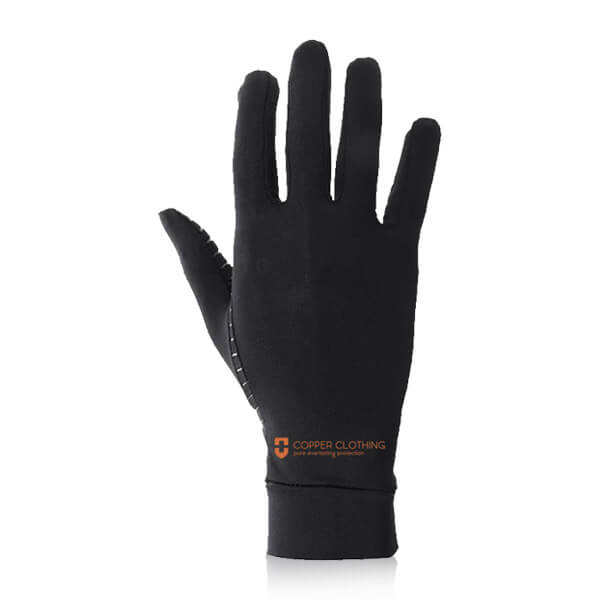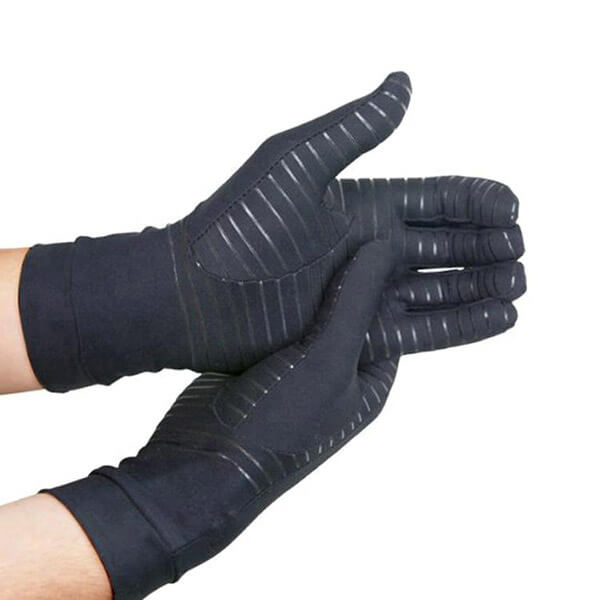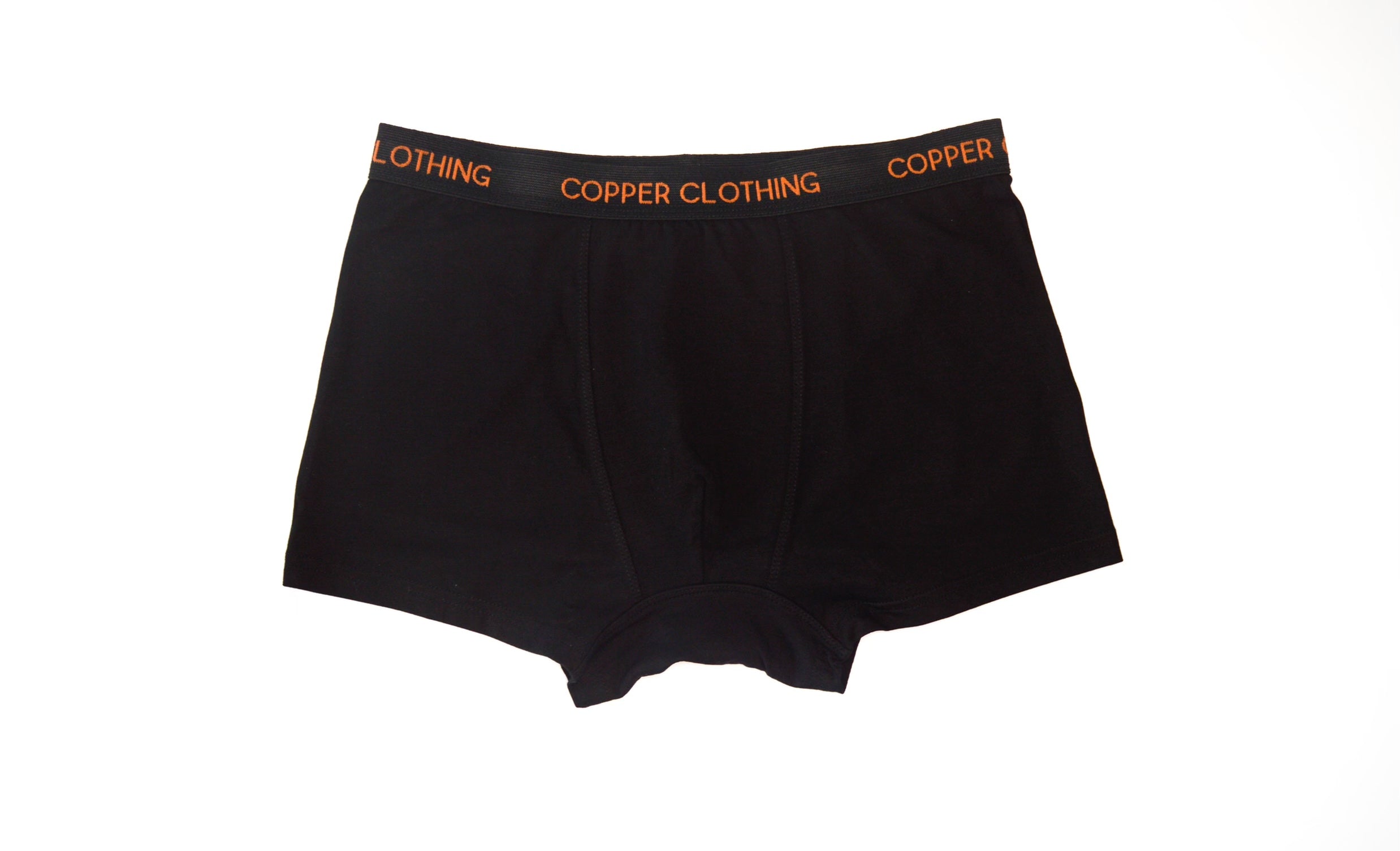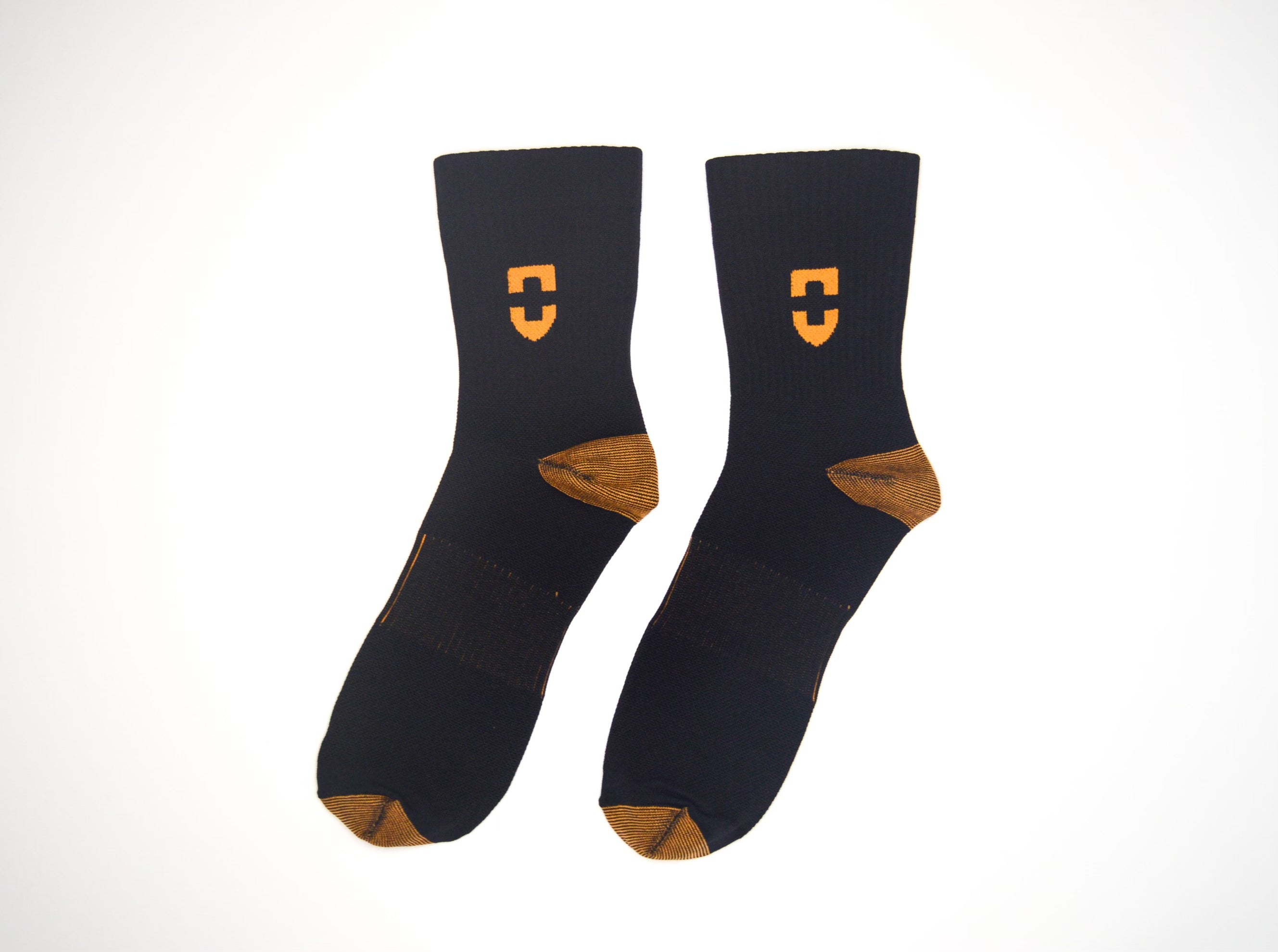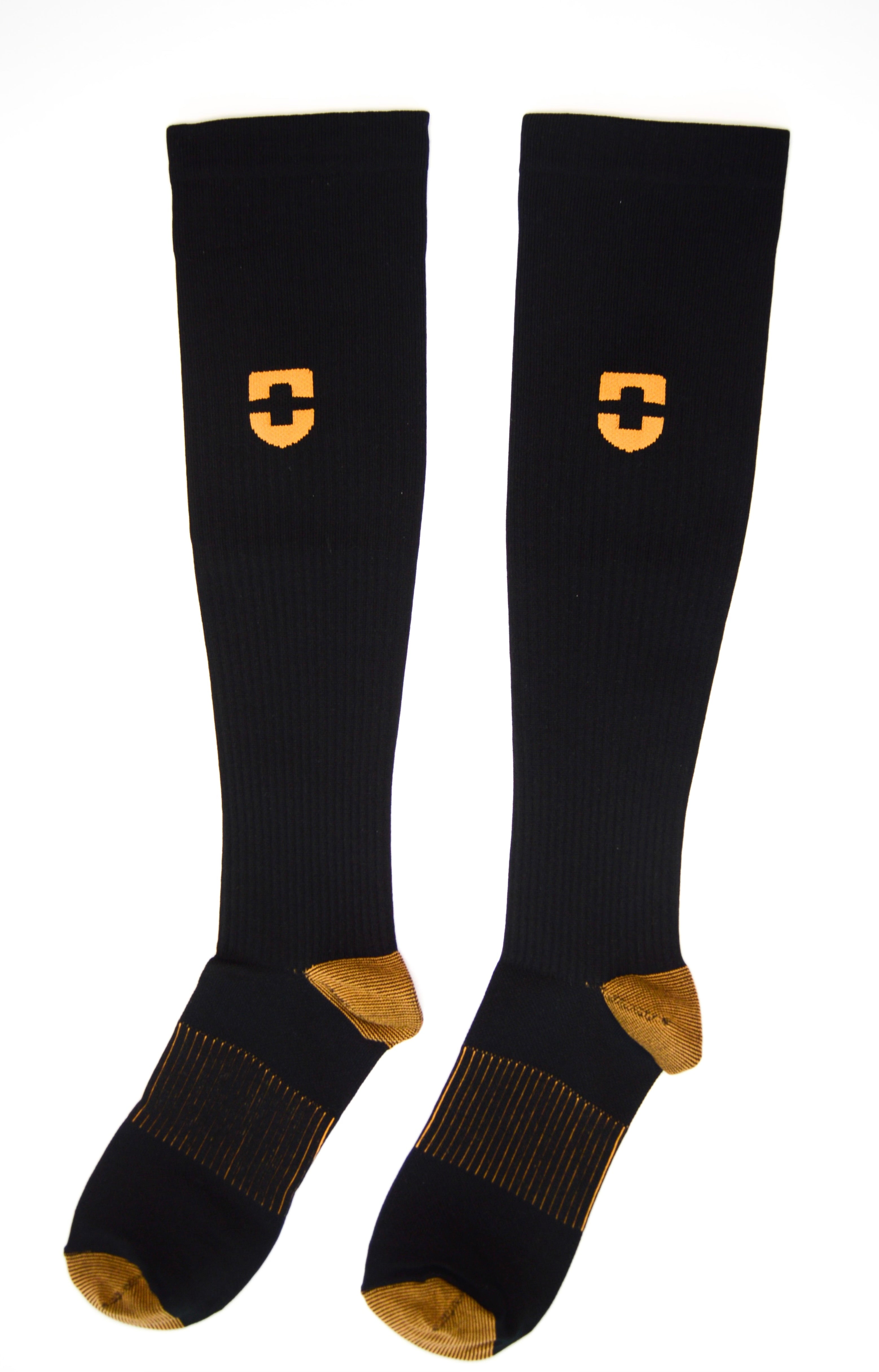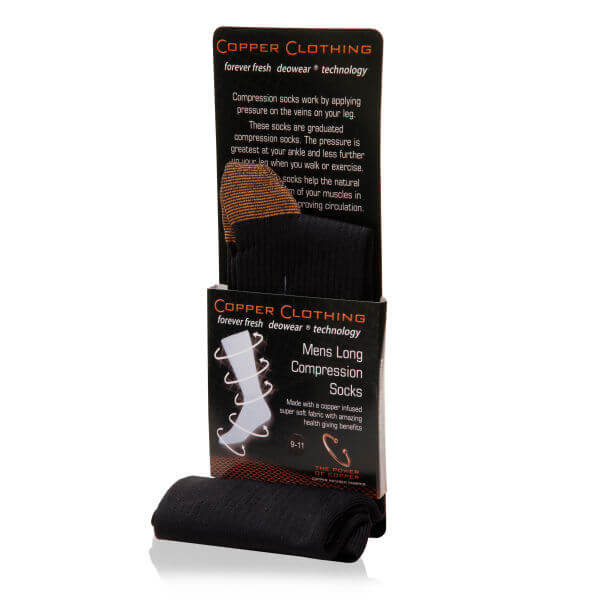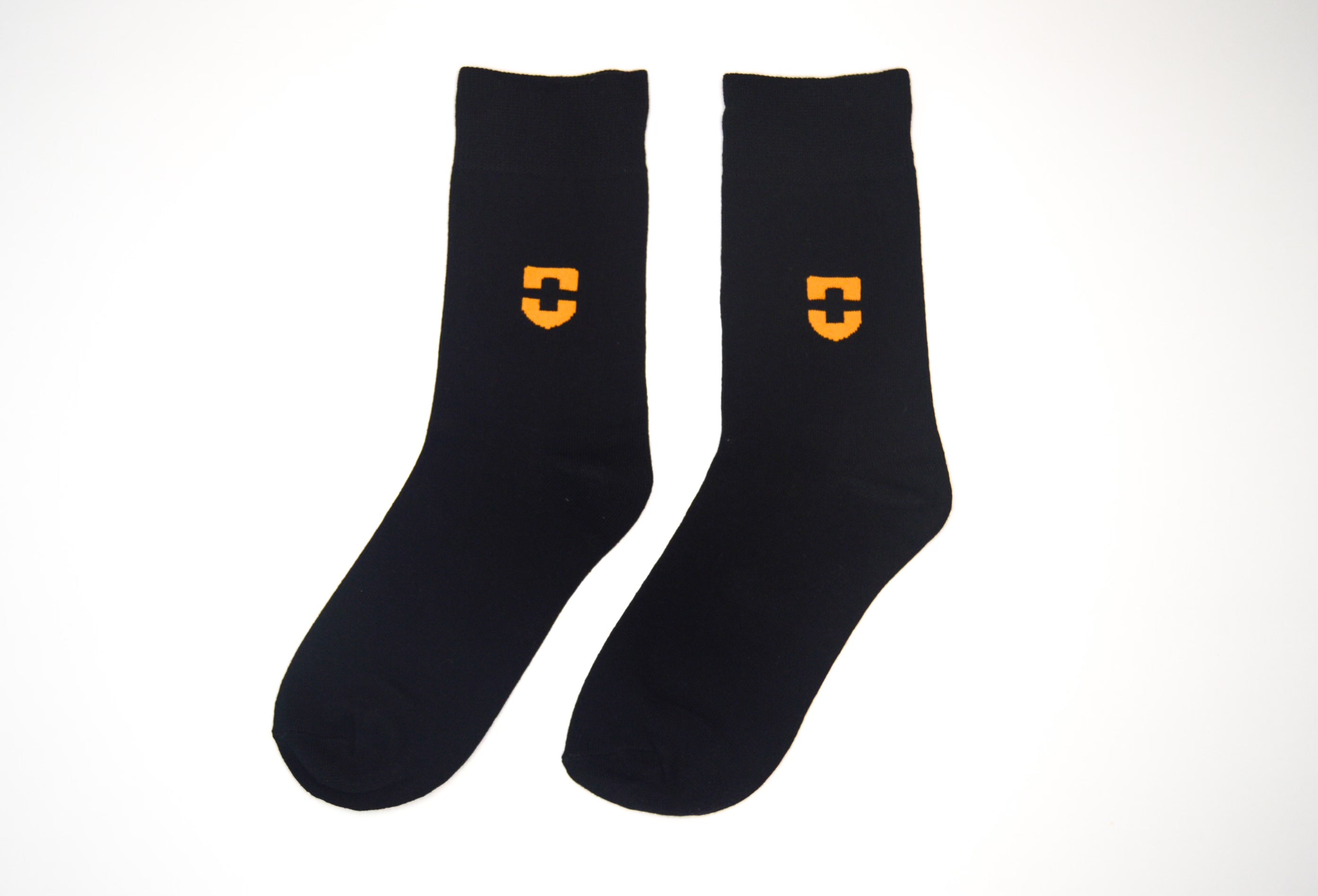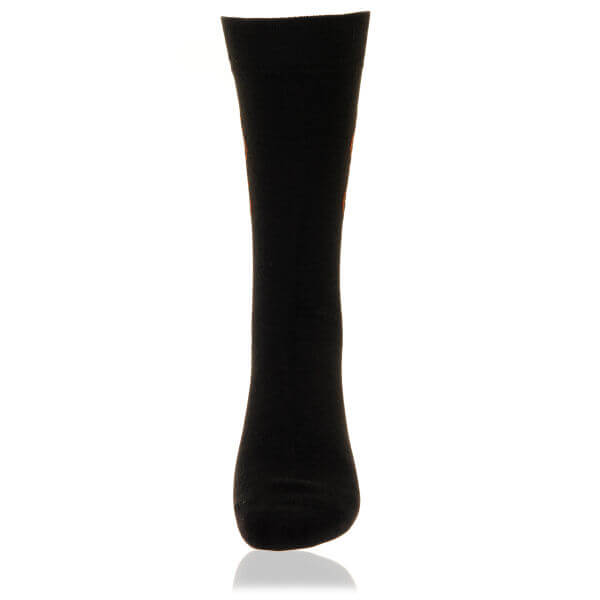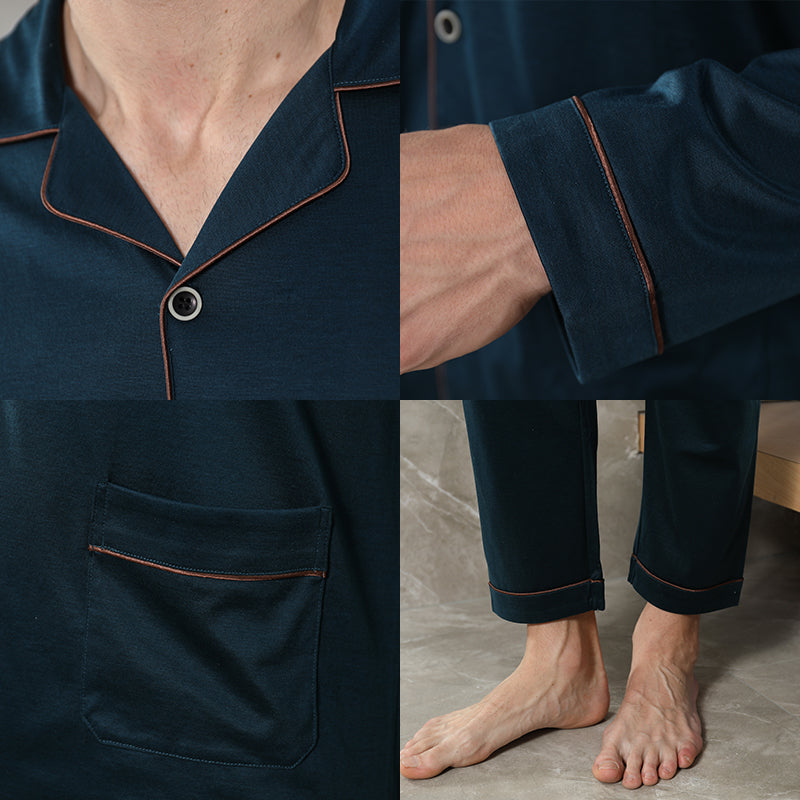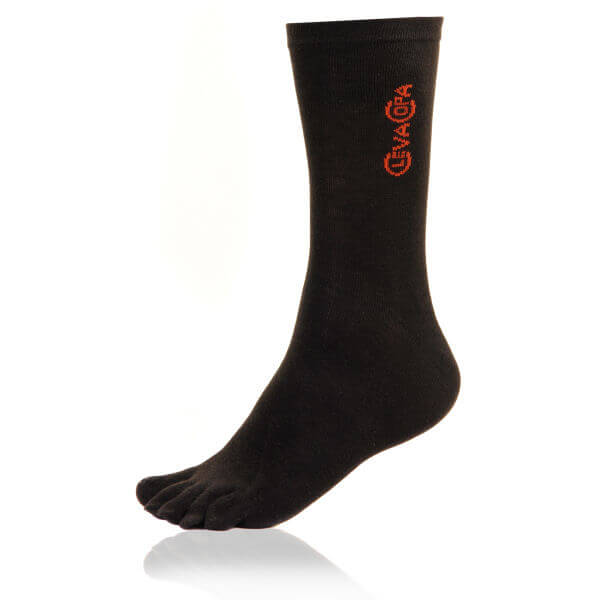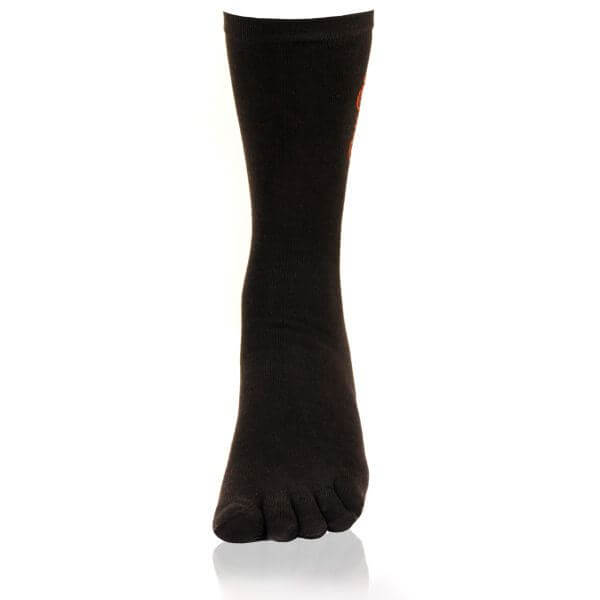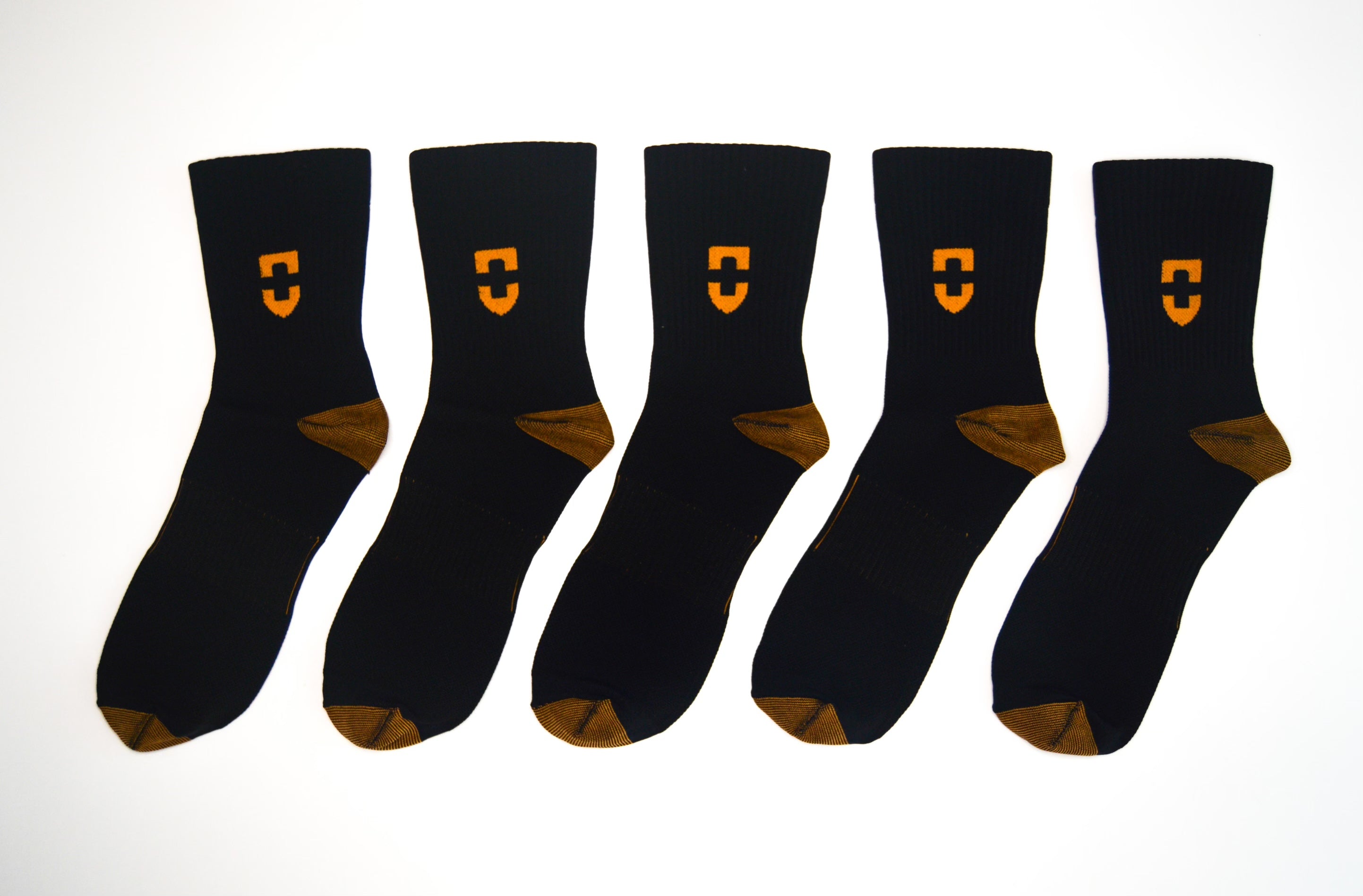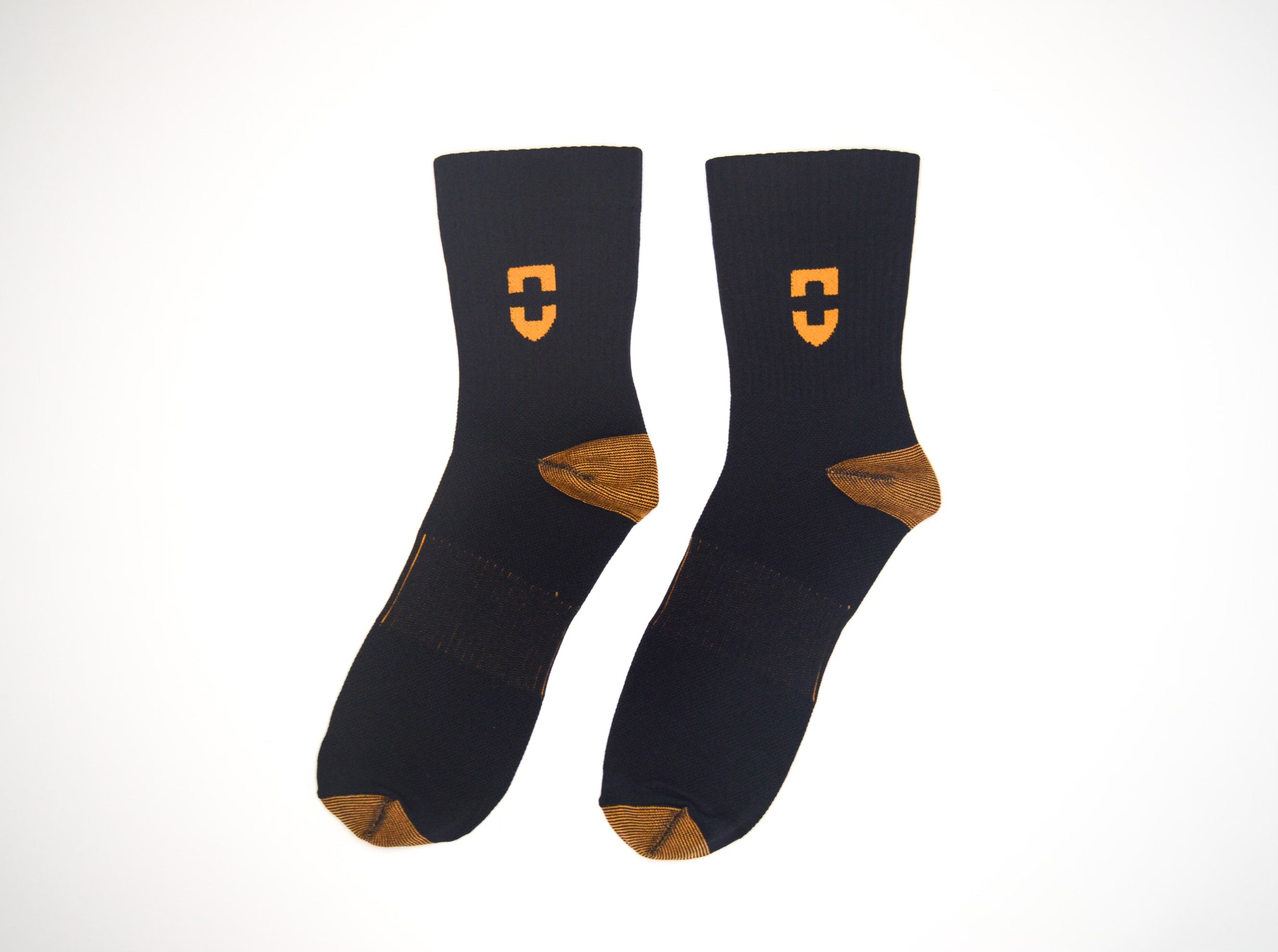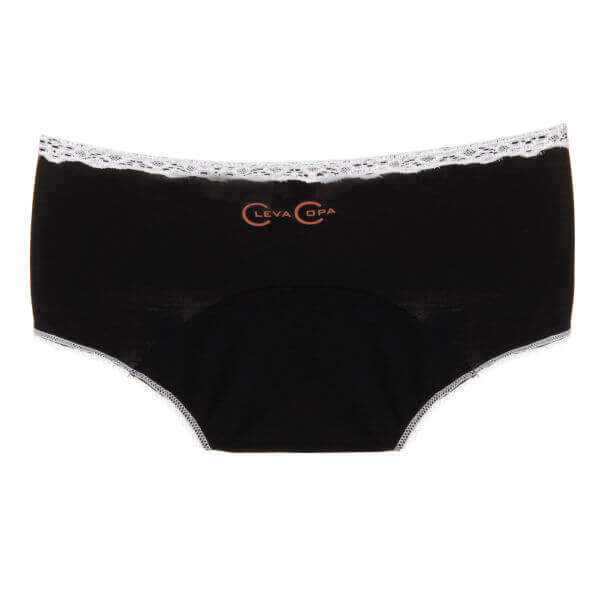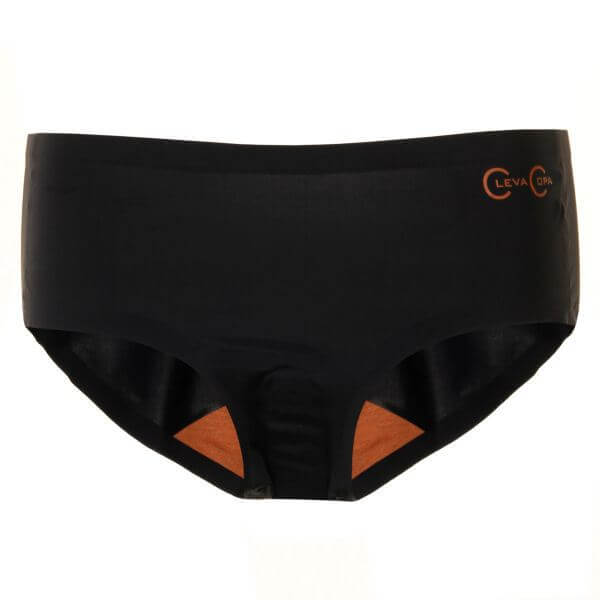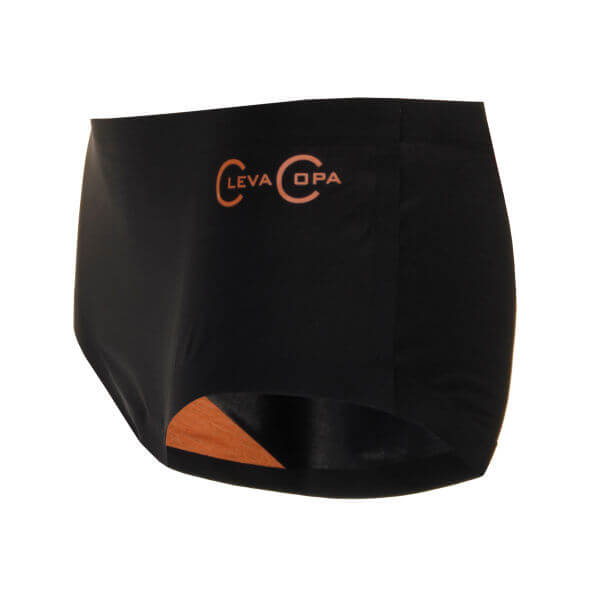Copper Compression Gloves and Rheumatoid Arthritis: Do Copper Gloves Help Arthritis Patients?
Published
December 24 2020
While there are various types of arthritis, including osteoarthritis, rheumatoid arthritis, and psoriatic arthritis, each tends to affect fingers, wrists and other joints in your body. All these types of arthritis can develop in different ways, but what they have in common is the pain and discomfort they cause.
If you suffer from rheumatoid arthritis, copper compression gloves can help you manage the symptoms. Let's understand a little more about the disease and take a look at the benefits of copper-infused gloves for arthritis.
What Is Rheumatoid Arthritis?
Also known as RA, rheumatoid arthritis is an autoimmune disorder that causes your immune system to attack your joints instead of infection-causing germs and contaminants. This affects the synovium or tissue lining the inside of your joints, responsible for producing the lubricating fluid that helps your joints move smoothly.
When your immune system attacks synovial joint fluid, the lining tissue gets inflamed and thickened. This causes pain and swelling around your joints, typically starting with the hands, fingers, wrists and elbows as well as feet, knees and ankles.
Symptoms of Rheumatoid Arthritis

RA is a systemic disease, which means it can affect your whole body, including your respiratory and cardiovascular system. Without treatment, the inflammation can cause cartilage and bone damage, as well as a deformity in the joints. Since this is irreversible, early rheumatoid arthritis diagnosis and treatment are crucial.
In the early stages, RA is accompanied by the following signs and symptoms:
- Stiff, painful or swollen joints, often with redness around them
- Stiffness after waking up, which lasts more than half an hour
- Signs of inflammation in more than one joint, usually at least four
- Symptoms showing up in symmetrical joints, i.e. on both sides of your body
- Joint pain, stiffness or inflammation that continues for more than six months
In the later stages, RA may also cause:
- Chronic or prolonged fatigue
- Low-grade fever and illness
- Appetite and weight loss
- Depression
If you have any of these symptoms, visit a doctor for diagnosis and treatment. The disease can be diagnosed through imaging tests combined with a physical examination for visible signs and symptoms.
Rheumatoid Arthritis Statistics and Risk Factors: Who Can Be Affected?
RA is even more common than other autoimmune diseases such as psoriasis, multiple sclerosis, lupus and Crohn's disease. Up to three times more women are affected by RA than men, with symptoms starting between 30-60 years of age. Men who are affected by the condition often show symptoms only later in life.
Risk factors linked to the autoimmune disease generally fall under four categories:
- Genetic & Hereditary Risks – It has been suggested that the risk of rheumatoid arthritis is higher if you have a family history of the condition or a close family member diagnosed with it. However, most people with RA have no family history of it.
- Environmental Factors – Exposure to harmful chemicals, high pollution levels and second-hand smoke have been linked to autoimmune disorders such as rheumatoid arthritis. Traumatic events could also prompt immune responses that cause RA.
- Hormonal Fluctuations – Since the disease affects more women than men, hormonal changes could be to blame. A decrease in female hormones such as oestrogen and progesterone could be a risk factor for RA in women, according to some experts.
- Lifestyle – While the effect of lifestyle factors on RA is still being studied, smoking has been found to increase the risk tremendously, by almost 2.5%.
Copper Gloves for Arthritis: Do They Work and What Are the Benefits?
Does Copper Compression glove help arthritis? Well, the link between copper and arthritis treatment is still being researched, but many people use copper compression gloves and sleeves for arthritis pain relief. Copper compression arthritis gloves cannot replace medical treatment, but they can complement it by helping you manage rheumatoid arthritis symptoms.
Here are some of the benefits of compression-based copper clothing for arthritis patients:
- Improved Mobility – Copper is known to alleviate inflammation and soreness in muscles and tendons. Anti-inflammatory copper gloves for arthritis can restore hand function and mobility during your daily activities.
- Better Circulation – RA often causes vasculitis, blocking blood flow to extremities such as fingers. Copper compression arthritis recovery gloves apply gentle pressure to improve blood circulation in your limbs.
- Pain Relief – One of the main benefits of copper for arthritis in hands is its ability to relieve stiffness and pain. Use a copper sleeve for arthritis pain in elbows and wrists, or gloves for painful fingers, thumbs and knuckles.
- Easy Grip – If you want the benefits of copper for arthritis in fingers or hands without affecting touch, feel and movement, try fingerless gloves. They will give you a better grip for activities like typing, writing or using your phone.
If you suffer from RA or other types of arthritis, get a pair of copper compression arthritis gloves today!












